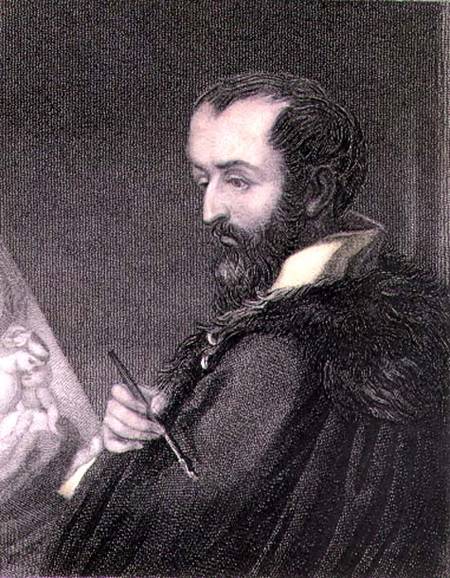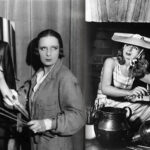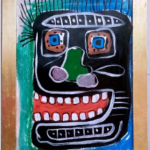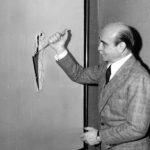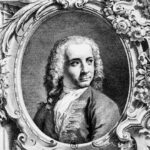Description
STIMA VALUE INDEX – Correggio
Antonio Allegri da Correggio (August 1489 – 5 March 1534), usually known as just Correggio, was the foremost painter of the Parma school of the High Italian Renaissance, who was responsible for some of the most vigorous and sensuous works of the sixteenth century. In his use of dynamic composition, illusionistic perspective and dramatic foreshortening, Correggio prefigured the Baroque art of the seventeenth century and the Rococo art of the eighteenth century. He is considered a master of chiaroscuro.
Correggio was remembered by his contemporaries as a shadowy, melancholic, and introverted character. An enigmatic and eclectic artist, he appears to have emerged from no major apprenticeship. In addition to the influence of Costa, there are echoes of Mantegna‘s style in his work, and a response to Leonardo da Vinci, as well. Correggio had little immediate influence in terms of apprenticed successors, but his works are now considered to have been revolutionary and influential on subsequent artists. A half-century after his death Correggio’s work was well known to Vasari, who felt that he had not had enough “Roman” exposure to make him a better painter. In the eighteenth and nineteenth centuries, his works were often noted in the diaries of foreign visitors to Italy, which led to a reevaluation of his art during the period of Romanticism. The flight of the Madonna in the vault of the cupola of the Cathedral of Parma inspired many scenographical decorations in lay and religious palaces during those centuries.
Correggio’s illusionistic experiments, in which imaginary spaces replace the natural reality, seem to prefigure many elements of Mannerist, Baroque, and Rococo stylistic approaches. He appears to have fostered artistic grandchildren, for example, Giovannino di Pomponio Allegri (1521–1593).[7] Correggio had no direct disciples outside of Parma, where he was influential on the work of Giovanni Maria Francesco Rondani, Parmigianino, Bernardo Gatti, Francesco Madonnina, and Giorgio Gandini del Grano.

